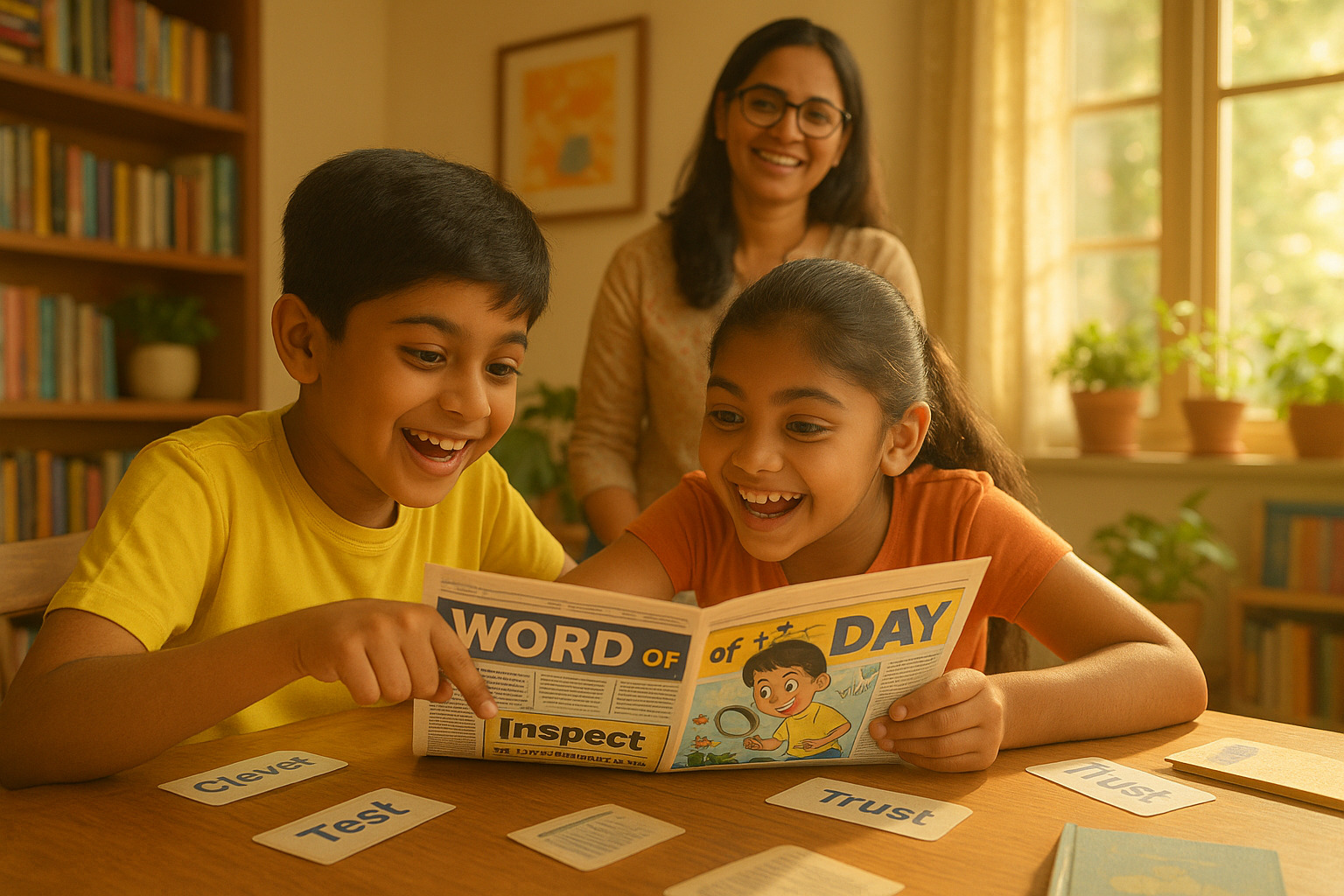
Kids' Newspapers Improve Vocabulary, Comprehension & Critical Thinking
As someone who works closely with educators, parents, and children through The Youth Express, I’ve often been asked a simple question:
“Can a newspaper really help children grow smarter?”
And every time, my answer is a confident yes — especially when the newspaper is designed for kids, with kids in mind.
Over the years, I’ve seen how regular reading of children’s newspapers builds more than just general knowledge. It sharpens a child’s vocabulary, improves reading comprehension, and nurtures critical thinking skills that are crucial in today’s fast-changing world.
Let me take you through how and why it works.
1. Vocabulary Grows Naturally Through Real-World Context
Most children learn words faster when they see them in use — not just in a textbook list. A kids’ newspaper presents new words in real stories, articles, jokes, and facts. This context helps children:
- Understand the meaning without needing a dictionary
- Remember better because the word connects to something real
- Use the word correctly in conversations or writing
For example, a child reading a news story about a cyclone might come across words like evacuate, forecast, or relief camp. These are not common words in schoolbooks — but they are rich, real, and relevant.
Even small features like “word of the day” or “Did You Know?” facts in kids’ newspapers can spark curiosity and help build a strong vocabulary bank over time.
2. Reading Comprehension Becomes a Daily Habit
Comprehension is not about reading fast — it's about understanding what we read.
Children today often struggle with attention span and reading focus due to screen habits. That’s where newspapers come in as a gentle, low-pressure way to improve comprehension.
When children read short articles daily:
- They follow stories from beginning to end
- They learn to identify main ideas, supporting details, and conclusions
- They get better at making connections between paragraph
What’s beautiful is that kids’ newspapers are written in simple language but still carry meaningful messages. The topics are age-appropriate and often include illustrations, which makes it easier for children to stay engaged and absorb information better.
3. Critical Thinking Starts to Bloom
One of the most powerful outcomes of regular newspaper reading is the development of a curious, questioning mind.
Children begin to:
- Ask “Why did this happen?”
- Compare stories: “What if this happened in our city?”
- Think about consequences: “What can be done to fix this?”
These questions are signs of growing critical thinking. Kids don’t just read — they start to analyze, reason, and evaluate. Over time, this helps them become better problem-solvers and decision-makers, both in academics and in real life.
Even a comic strip or an opinion piece written by another child can open their minds to new perspectives.
4. Language Learning Becomes Enjoyable
Let’s be honest — learning new words or reading comprehension passages in school can feel like work. But when the same learning happens through a newspaper filled with fun facts, puzzles, short stories, and exciting news, it feels more like play.
That emotional shift — from have to to want to — is what makes kids’ newspapers so effective.
Children:
- Look forward to their newspaper time
- Begin sharing what they read with friends and family
- Feel proud when they recognize new words or ideas
And when learning is enjoyable, the results last longer.
5. A Habit That Pays Off Lifelong
Many of the most successful, articulate, and informed people I’ve met as a publisher had one thing in common — they started reading early. Not just schoolbooks, but newspapers, magazines, and stories that sparked their curiosity.
By introducing your child to a kids’ newspaper, you’re not just improving their vocabulary and comprehension today — you’re building a lifelong habit of staying informed, thinking deeply, and communicating clearly.
Final Thoughts
We live in a world where information is everywhere, but attention is limited. Kids need more than just facts — they need the tools to process, understand, and use those facts meaningfully.
That’s what a good children’s newspaper offers:
A simple yet powerful way to grow their language, thinking, and confidence — one page at a time. Children newspaper also helps reduce screen time in kids.
If you haven’t already, I invite you to try this with your child. Just 10–15 minutes a day can make a remarkable difference in how they speak, think, and learn. Even there should be a Curricular as newspaper reading in schools.
And if you’re an educator or a school principal, consider how something as basic as a weekly student newspaper could transform your classroom energy and learning outcomes.
Let the habit begin — because newspapers build minds, one word at a time.






